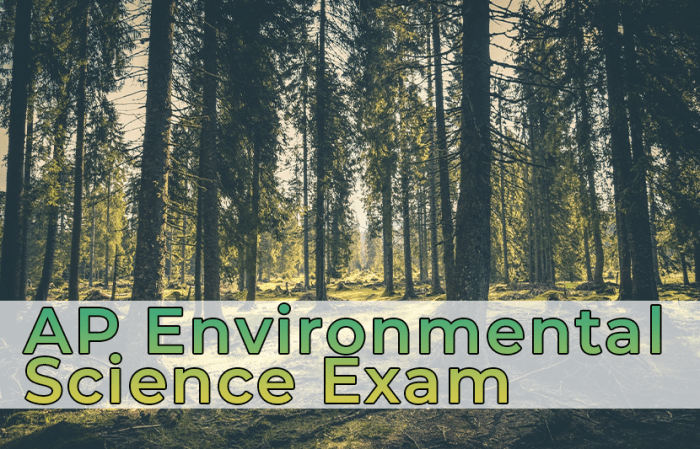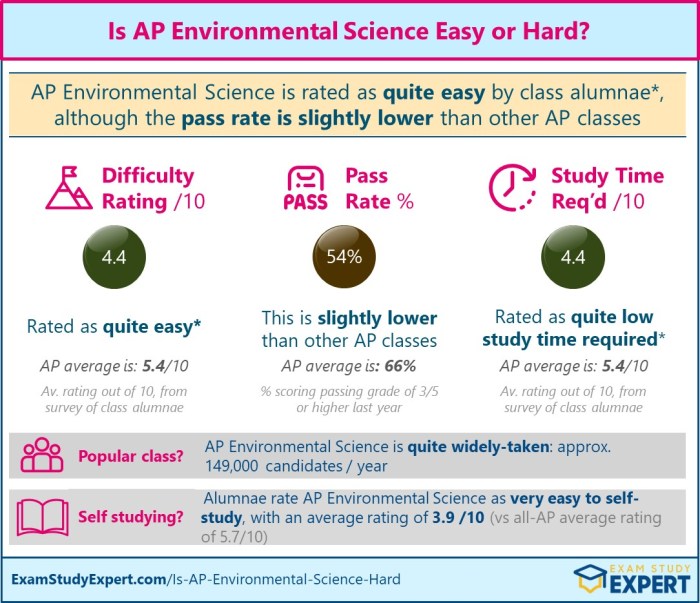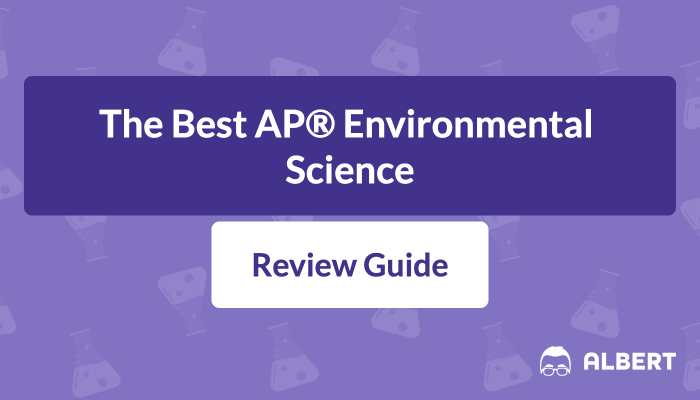Embark on an enlightening journey with the AP Environmental Science Unit 1 Study Guide, an invaluable resource meticulously crafted to empower students with a comprehensive understanding of the intricate world of environmental science. This guide serves as a beacon of knowledge, illuminating the fundamental concepts, theories, and applications that shape this captivating field.
As you delve into the chapters of this study guide, you will encounter a systematic exploration of environmental science, its historical roots, and the structure of the AP Environmental Science course. Discover the captivating world of biodiversity, unravel the complexities of ecosystems, and delve into the dynamics of population and community ecology.
Moreover, you will gain insights into the pressing challenges of conservation biology and the multifaceted impacts of global change.
Introduction to AP Environmental Science

AP Environmental Science is a college-level course that explores the principles, concepts, and applications of environmental science. It provides students with a comprehensive understanding of the natural world, human impacts on the environment, and the importance of sustainability.
The course was developed by the College Board in the 1990s and has since become one of the most popular AP courses. It is designed to prepare students for college-level environmental science courses and careers in environmental fields.
Course Structure and Learning Objectives
- Unit 1: The Living World
- Unit 2: Ecosystems
- Unit 3: Population Ecology
- Unit 4: Community Ecology
- Unit 5: Conservation Biology
- Unit 6: Global Change
Each unit covers a specific aspect of environmental science, and students are expected to demonstrate their understanding of the content through a variety of assessments, including multiple-choice tests, free-response questions, and laboratory investigations.
The Living World: Ap Environmental Science Unit 1 Study Guide

The living world is the collective name for all living organisms on Earth. It is estimated that there are over 8.7 million different species of plants, animals, and microorganisms on the planet, each with its own unique characteristics and adaptations.
Biodiversity is the variety of life on Earth, and it is essential for the health and stability of the planet. Biodiversity provides us with food, medicine, and other resources, and it helps to regulate the climate and purify the air and water.
Levels of Biological Organization, Ap environmental science unit 1 study guide
- Organisms
- Populations
- Communities
- Ecosystems
- Biomes
- Biosphere
Each level of biological organization is more complex than the one below it, and they are all interconnected. For example, organisms make up populations, populations make up communities, and communities make up ecosystems.
Ecosystems

An ecosystem is a community of living organisms and their physical environment. Ecosystems can be small, such as a pond or a forest, or they can be large, such as the ocean or the entire Earth.
Ecosystems are dynamic systems, and they are constantly changing. The interactions between organisms and their environment can be complex, and they can have a significant impact on the health and stability of the ecosystem.
Components of Ecosystems
- Biotic components: The living organisms in an ecosystem, including plants, animals, and microorganisms.
- Abiotic components: The non-living components of an ecosystem, such as water, air, soil, and sunlight.
The biotic and abiotic components of an ecosystem interact with each other to create a unique environment that supports a variety of life.
Answers to Common Questions
What is the significance of biodiversity?
Biodiversity is essential for maintaining the stability and resilience of ecosystems, providing ecosystem services such as food, clean water, and air purification.
How does population growth affect ecosystems?
Rapid population growth can strain resources, disrupt ecosystem balance, and lead to environmental degradation.
What are the goals of conservation biology?
Conservation biology aims to protect and restore biodiversity, mitigate threats to ecosystems, and ensure the sustainable use of natural resources.
What are the primary causes of global change?
Human activities, particularly the burning of fossil fuels, are the primary drivers of global change, leading to climate change, ocean acidification, and biodiversity loss.
How can we mitigate the impacts of global change?
Mitigating global change requires reducing greenhouse gas emissions, transitioning to renewable energy sources, and implementing sustainable land-use practices.
